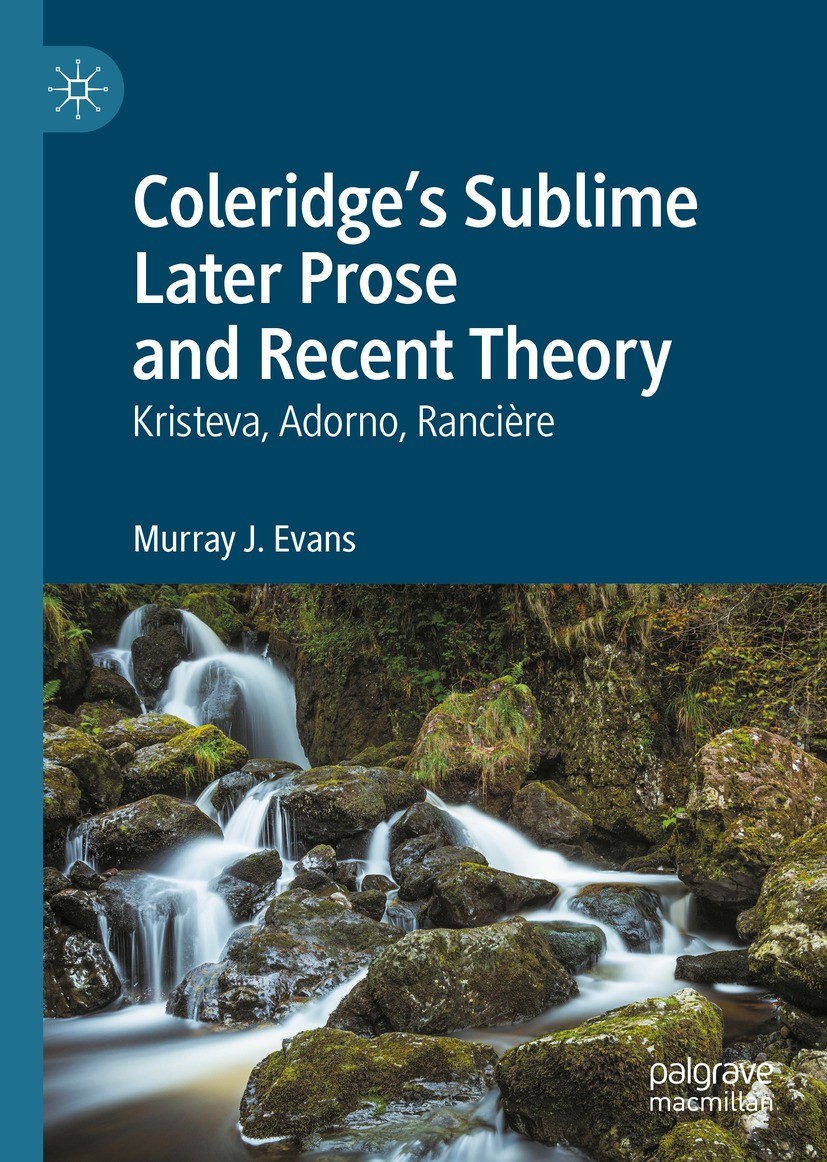This poem has a more subtle, integrated relationship with the gothic than the Ancient Mariner. It is also of a different genre — not a ballad, but more a fabliau. (See Paul Cheshire, CB 23) Geraldine is a vampire of a kind, but Coleridge has given her a specific task, after which she was probably going to disappear. But of the four or five proposed parts, we only have two, so it is uncertain how the poem would have ended. James Gillman recorded the notion that Geraldine was to impersonate the absent knight, planning to marry Christabel, who feels very uncomfortable—but fortunately the real one turns up in the nick of time, and Christabel suddenly knows everything is right. If this or anything like it were the course of the unfinished poem, it might be seen as a poem of courtship, an epithalamion, a preparation for marriage. Like its companion poems in the 1816 volume, Kubla Khan and The Pains of Sleep, it is a poem in which there is a subliminal sexual consciousness, here disordered at first, but which the progress of the poem might have put to rights. PW 176; Part 1 1798; Part 2 1800; published 1816
Poetry and Prose
A selection of Coleridge's poems
Samuel Taylor Coleridge wrote some of the best known poems in the language – Kubla Khan, The Rime of the Ancient Mariner, Christabel, Frost at Midnight. His brief but unique collaboration with William Wordsworth produced Lyrical Ballads (1798); these poems presented new kinds of subject matter in a new way of writing, ‘the real language of men in a state of vivid sensation’, as Wordsworth put it, which helped to break the mould of the stiff, formal classicism of the 18th century, marking the beginning of the Romantic movement.
Relatively little of Coleridge’s work was published in his lifetime. Now, at last all in print, his collected works, his notebooks and his letters take up yards of library shelving. Unlike Wordsworth, Coleridge was not a professional poet. That is, he did not consider his primary task to be the writing of poetry: both by reputation and instinct, he was a philosopher first. He had epic ambitions (largely unrealised), but most of his poetry was unplanned and incidental. He himself treated it as such, though after the publication of his collected poetry we can now see it as a more coherent whole.
Coleridge had no such sense of his work, and mocked himself in the title of his first collected edition, Sybilline Leaves (1817) – he saw his poems as the leaves of prophecy scattered by the sybil on the winds of time. However, he did become a major poet, if only for a handful of poems. Those given below include the best-loved and best-known, and also represent the full range of his work, from his earliest to his latest. Despite his difficulties, to the end of his life Coleridge’s poetry bears witness to his spontaneous delight in the world around him.
Love (1799)
Coleridge’s most popular poem in his lifetime, often re-printed anonymously, and therefore not always recognised as his. The simplicity of the verse and the success of the courtship were presumably two key factors in its success. Other poems of courtship, Christabel, and The Ballad of the Dark Ladie ― to which this was originally an introduction ― are troubled and unfinished. PW 253; 1799
Lines written in the album at Elbingerode, in the Harz Forest (May 1799)
The relationship between mind and landscape was one of the great romantic debates—which makes which? Coleridge gave his definitive answer in ‘Dejection: An Ode: ‘… in our life alone does Nature live.’ Homesick in Germany in 1798-9, conscious that his youngest son, Berkeley, had died in his absence, Coleridge here declares ‘That outward forms, the loftiest, still receive/ Their finer influence from the Life within…’. For Coleridge, the realisation of a landscape depends on love of a person; Wordsworth seemed to need that mediation much less. PW 200, 1799
Frost at Midnight (February 1798)
Coleridge compares his childhood with that he projects for his sleeping son, Hartley, just 18 months old. It didn’t work out as planned and Coleridge was more absent than present in Hartley’s childood — who did ‘wander like a breeze’ but as a lost ‘elf’, regretting his father’s absence in a sonnet on the anniversary of his death:
‘Yet can I not but mourn because he died
That was my father, should have been my guide.’
PW 171; Feb 1798
Kubla Khan, Or, a vision in a dream (Autumn 1797)
Perhaps the best-known of all Romantic poems, for years Coleridge was reluctant to acknowledge it as anything but ‘a fragment’ and ‘as a pyschological curiosity’. He published it with two other poems, The Pains of Sleep and Christabel, both of which bore signs of psycho-sexual disturbance, and all three remained in manuscript, though circulated among friends, long before they were published. Readers should ask themselves whether it feels like a fragment. PW 178; written sometime between Sep 1797 and Oct 1799, first published in 1816





